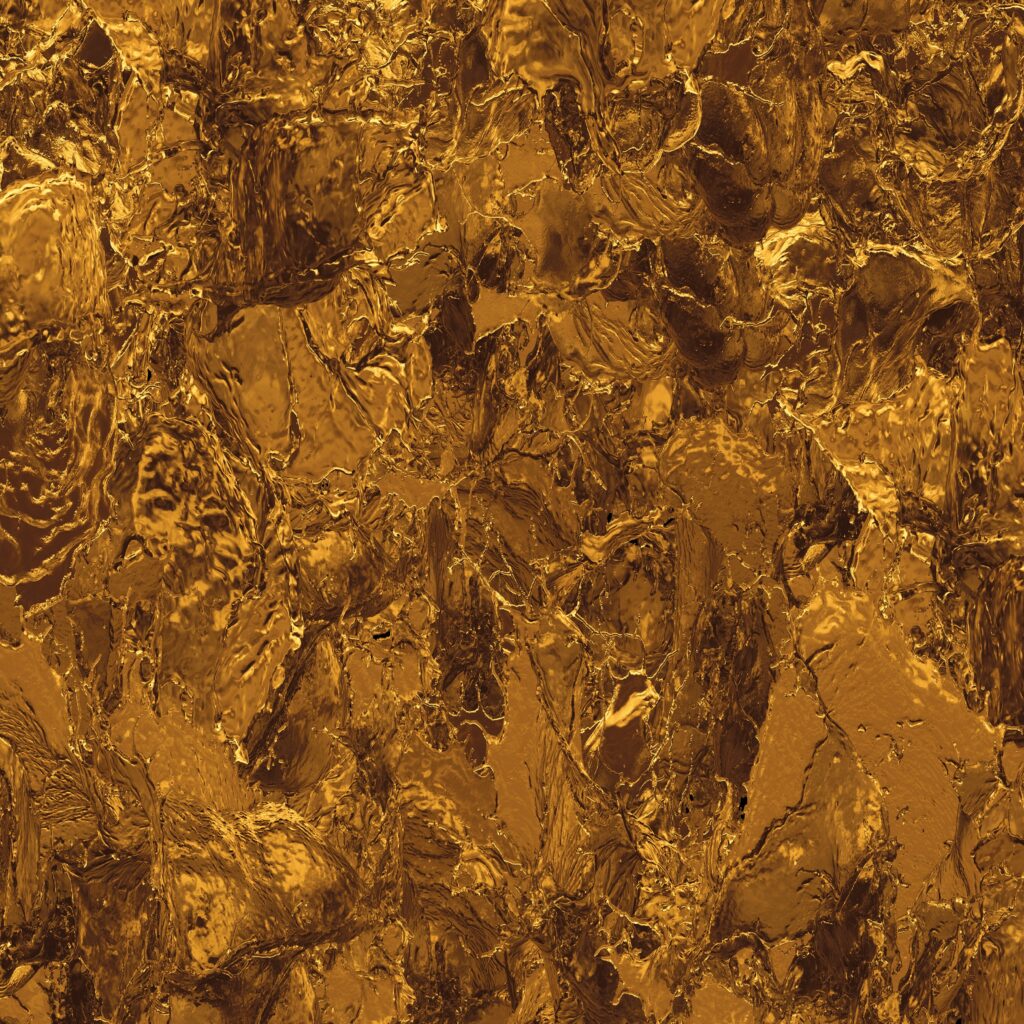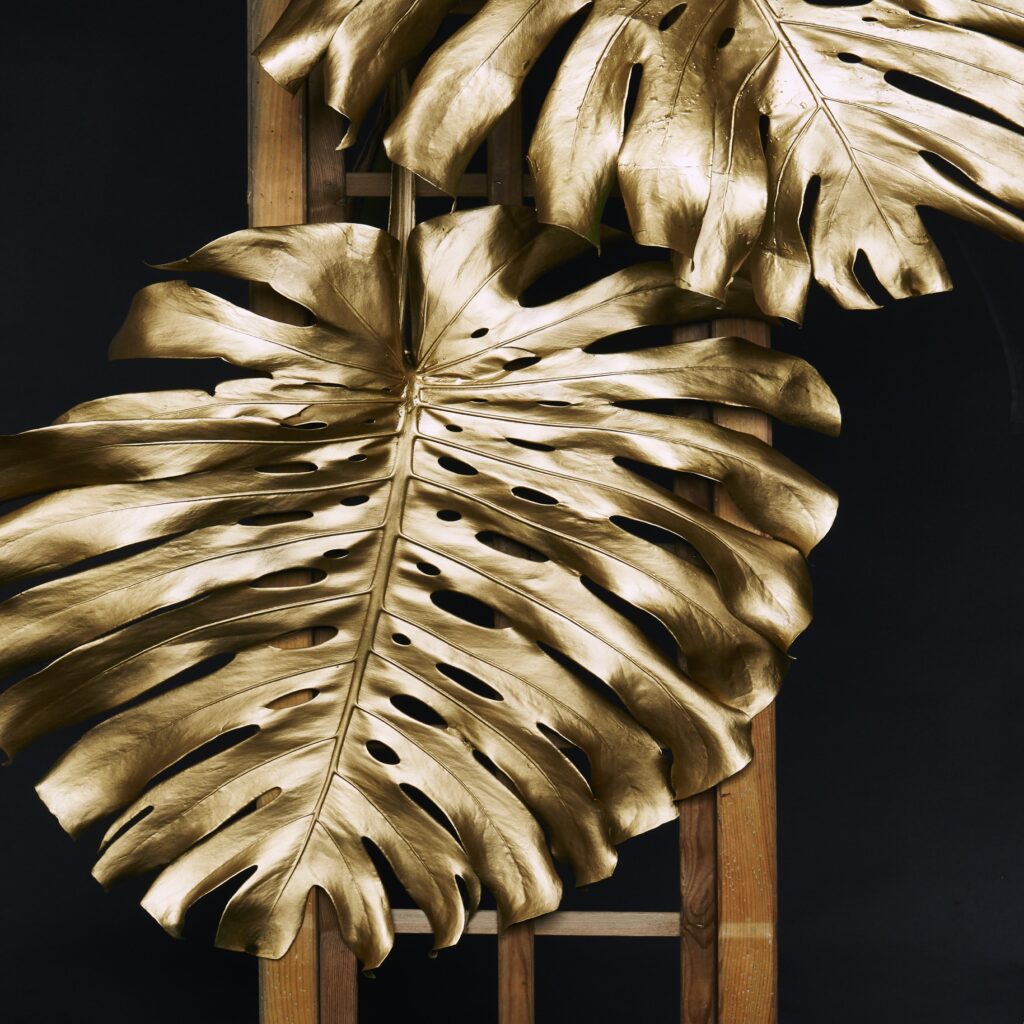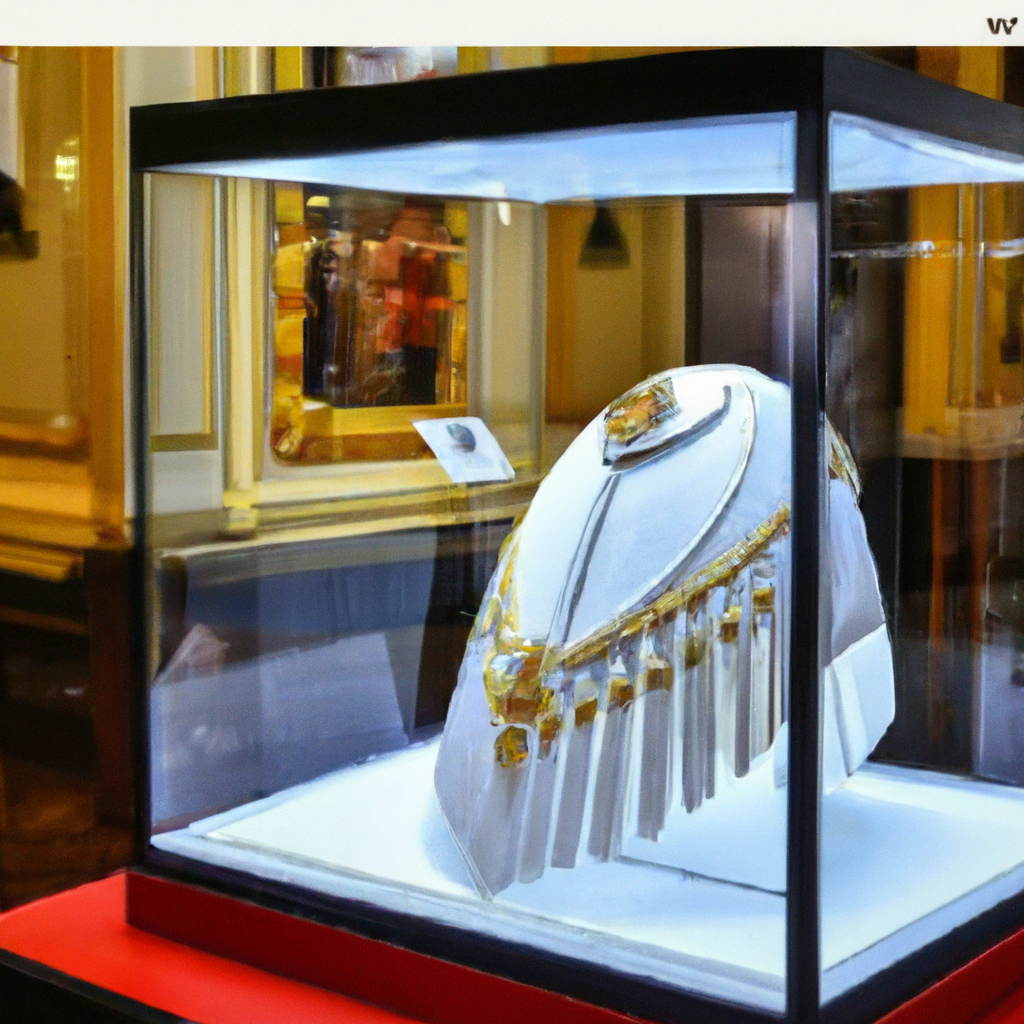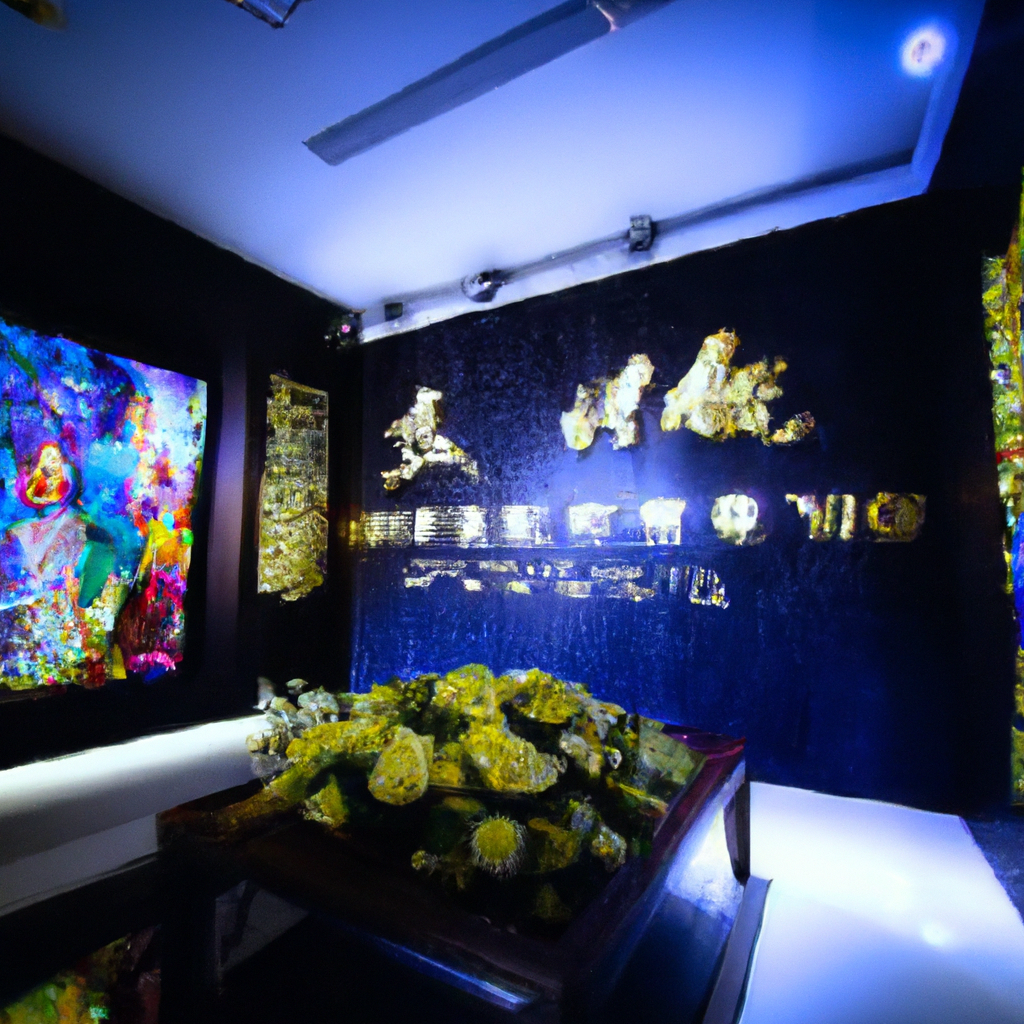Malaysia is a country steeped in rich cultural and historical heritage, and one aspect that plays a significant role in shaping its identity is gold. The role of gold in Malaysia’s cultural and historical heritage is multifaceted, encompassing traditions, rituals, fashion, and even economic prosperity. From ancient times to the present day, gold has been revered and treasured, symbolizing wealth, power, and prestige. It has been intricately woven into the fabric of Malaysian society, acting as a thread that connects generations, preserves traditions, and showcases the country’s vibrant cultural tapestry. In this article, we will explore the various facets of gold’s significance in Malaysia’s cultural and historical heritage, shedding light on its enduring legacy and its impact on the nation’s identity.
Historical Significance of Gold in Malaysia

Introduction to Malaysian history
Malaysia, a Southeast Asian country known for its diverse cultural heritage, has a rich history that spans thousands of years. Throughout its history, gold has held a significant place in the country’s culture and traditions. From early use in ornaments to its role as a form of currency, gold has played a vital role in shaping Malaysia’s economic and social landscape.
Early use of gold in Malaysia
The use of gold in Malaysia dates back to ancient times. Archaeological findings suggest that gold was used by early settlers in the region for adornment and as a symbol of prestige and power. These early civilizations, such as the Srivijaya and Majapahit empires, valued gold for its beauty and rarity.

Gold as a symbol of status and wealth
In Malaysian culture, gold has long been associated with wealth and social status. It has been a symbol of prosperity and success, with the possession of gold jewelry and ornaments representing affluence and prestige. Historically, the amount and quality of gold one possessed often reflected their position in society.
Gold as a form of currency
Gold has played a crucial role as a form of currency in Malaysia. In the past, gold coins were used for trade and commerce, serving as a medium of exchange. The value of these gold coins was determined by their weight and purity, making them a reliable and universally accepted form of payment.

Gold in the art and craftsmanship of Malaysia
The artistic and craftsmanship traditions of Malaysia have been greatly influenced by the use of gold. Skilled artisans and craftsmen have used gold to create intricate designs and exquisite works of art. From delicate gold filigree to intricate gold jewelry, these masterpieces showcase the craftsmanship and creativity of Malaysian artisans.
Cultural Importance of Gold in Malaysia
Gold in traditional Malay weddings
Gold plays a central role in traditional Malay weddings, symbolizing the couple’s union and prosperity. The bride often wears intricate gold jewelry, such as a gold necklace, bracelets, and earrings. These gold adornments are believed to bring blessings and good fortune to the newlyweds, and they also serve as a symbol of the groom’s commitment and ability to provide for his bride.
Gold as part of traditional attire
Gold is an integral part of traditional attire in Malaysia. Traditional costumes, such as the baju kurung and baju kebaya, often incorporate gold thread or embroidery, adding a touch of elegance and opulence. This use of gold in clothing reflects the cultural significance of gold and its association with beauty and prestige.
Religious significance of gold in Malaysia
Gold holds great religious significance in Malaysia, particularly among the Muslim population. The use of gold in mosques and Islamic religious artifacts is widespread, exemplifying the reverence and importance placed on this precious metal. Gold is often used to embellish calligraphy, decorative motifs, and religious symbols, reflecting the spiritual and divine nature of gold in Malaysian culture.
Gold in festive celebrations
Festivals and celebrations in Malaysia are incomplete without the presence of gold. During festivals such as Hari Raya Aidilfitri and Chinese New Year, gold jewelry and accessories are worn as a symbol of prosperity and good fortune. It is common for families to gift gold pieces to loved ones during these joyous occasions, representing their wishes for abundance and success.
Traditional beliefs and practices involving gold
Malaysians have various traditional beliefs and practices surrounding gold. For example, it is believed that wearing gold jewelry can ward off evil spirits and bring good luck. Additionally, gold ornaments are often passed down through generations as heirlooms, carrying with them the family’s history and blessings.

Gold Mining in Malaysia
Overview of gold mining in Malaysia
Gold mining has been an important economic activity in Malaysia for centuries. The country is known for its rich gold deposits, primarily found in the states of Kelantan, Pahang, and Terengganu. Gold mining operations involve the extraction of gold-bearing ore from the ground and processing it into refined gold.
Historical gold mines in Malaysia
Malaysia has a long history of gold mining, with several prominent mines operating in the past. Among them, the Raub Australian Gold Mine and the Penjom Gold Mine are well-known examples. These mines have contributed significantly to Malaysia’s gold production and have played a vital role in the country’s economic development.
Impact of gold mining on the economy
Gold mining has had a considerable impact on Malaysia’s economy. It has provided employment opportunities and contributed to the nation’s revenue through taxes and royalties. The revenue generated from gold mining has been used to fund various development projects, such as infrastructure and education, benefiting local communities and the overall economy.
Environmental concerns and regulations
While gold mining has its economic benefits, it also raises environmental concerns. Mining activities can cause deforestation, habitat destruction, and pollution of water sources. To address these issues, Malaysia has implemented strict regulations and standards to ensure responsible mining practices and minimize environmental impacts.
Future prospects of gold mining in Malaysia
The future of gold mining in Malaysia holds potential for further growth and development. With advancements in mining technologies and a better understanding of the country’s geology, there is a possibility of discovering new gold deposits. This could lead to increased investment in the industry and contribute to Malaysia’s economic prosperity.
Gold as a Symbol of Malaysian Identity
Role of gold in national symbols and emblems
Gold plays a significant role in Malaysia’s national symbols and emblems. The national coat of arms features a crest with a gold star and a gold crescent, symbolizing the country’s heritage and sovereignty. These gold elements represent Malaysia’s aspirations for progress and unity.
Gold in architecture and landmarks
Malaysia’s architectural landscape is adorned with gold accents and decorations. From the iconic Petronas Twin Towers to the ornate palaces and monuments, gold is often incorporated into their design, adding a touch of grandeur and elegance. These golden elements serve as a visual representation of Malaysia’s cultural richness and opulence.
Incorporation of gold in traditional crafts
Traditional crafts in Malaysia often feature the use of gold. Gold thread embroidery, gold leaf gilding, and gold filigree work can be found in various handicrafts, such as songket, batik, and wood carvings. These crafts showcase the intricate skill and artistry of Malaysian craftsmen while preserving the cultural heritage associated with gold.
Gold in Malaysian cuisine and delicacies
Gold also holds a place of significance in Malaysian cuisine and delicacies. Edible gold leaf is often used to garnish special dishes and desserts during festive occasions or important celebrations. This culinary use of gold adds a touch of luxury and elegance to the dining experience, reflecting the cultural value placed on gold in Malaysia.
Gold as a source of national pride
Gold, in its various forms and representations, serves as a source of national pride for Malaysians. It represents their rich cultural heritage, economic prosperity, and collective identity. Malaysians take pride in their association with gold and the traditions, craftsmanship, and history that surround it.

The Modern Gold Market in Malaysia
The gold investment industry in Malaysia
With the growing interest in gold as an investment, Malaysia has developed a thriving gold investment industry. Individuals and institutions can invest in gold through various vehicles, such as gold-backed Exchange-Traded Funds (ETFs), gold certificates, and gold savings accounts. This provides opportunities for Malaysians to diversify their investment portfolios and safeguard their wealth.
Gold trading and bullion markets
Malaysia has established gold trading and bullion markets to facilitate the buying and selling of gold. These markets serve as platforms for investors and traders to engage in transactions, ensuring transparency and fairness. Gold trading is regulated by authorities to maintain market integrity and protect investor interests.
Government policies and regulations
The Malaysian government has implemented policies and regulations to oversee the gold market and ensure consumer protection. These regulations aim to prevent fraudulent activities, ensure transparency in pricing, and promote fair trading practices. The government’s involvement in regulating the gold market provides a safe and secure environment for investors.
Gold as an investment vehicle
Gold is considered a reliable investment vehicle, offering a hedge against inflation and economic uncertainties. Malaysians view gold as a safe haven asset and a means to preserve and grow their wealth. The stability and long-term value of gold make it an attractive investment option for individuals and institutions alike.
Emerging trends in the Malaysian gold market
The Malaysian gold market continues to evolve, adapting to changing consumer preferences and market trends. There is a growing interest in sustainable and ethical gold sourcing, with consumers seeking responsibly produced gold. Additionally, there is a rising demand for customized gold products, such as personalized gold jewelry and unique gold artifacts, reflecting individual tastes and preferences.
Preserving Malaysia’s Gold Heritage
Challenges in preserving gold artifacts and traditions
Preserving Malaysia’s gold artifacts and traditions face several challenges. Time, exposure to elements, and neglect can lead to the deterioration of gold artifacts. Additionally, the changing lifestyle and preferences of younger generations may result in a decline in the practice and appreciation of traditional gold craftsmanship.
Role of museums and cultural institutions
Museums and cultural institutions play a vital role in preserving Malaysia’s gold heritage. They collect, safeguard, and showcase gold artifacts, providing opportunities for the public to learn about the historical and cultural significance of gold. Through exhibitions and educational programs, museums contribute to the preservation and promotion of Malaysia’s gold heritage.
Conservation efforts and restoration projects
Conservation efforts and restoration projects are essential for maintaining the integrity and longevity of gold artifacts. These initiatives involve the careful cleaning, repair, and preservation of gold objects, ensuring their aesthetic beauty and historical value are preserved for future generations. Conservationists and experts work diligently to safeguard Malaysia’s gold heritage.
Educational initiatives and awareness campaigns
Educational initiatives and awareness campaigns play a crucial role in promoting the appreciation and understanding of Malaysia’s gold heritage. Schools, universities, and cultural organizations focus on educating the younger generation about the historical and cultural value of gold. By instilling a sense of pride and awareness, these initiatives help ensure the preservation of Malaysia’s gold traditions.
Collaboration with local communities and artisans
Collaboration with local communities and artisans is essential in preserving Malaysia’s gold heritage. Empowering local craftsmen and supporting traditional gold craftsmanship is crucial for the continuation of these skills. Cultural exchange programs and workshops allow artisans to pass down their knowledge and skills to future generations, ensuring the sustainability of Malaysia’s gold traditions.
Gold’s Influence on Malaysian Art and Fashion
Incorporating gold in traditional and contemporary art
Gold has a profound influence on Malaysian art, both traditional and contemporary. Artists utilize gold leaf, paint, and gilding techniques to add depth, brilliance, and cultural significance to their works. Whether in traditional paintings, sculptures, or modern installations, gold serves as a symbol of heritage and artistic excellence.
Gold jewelry and fashion industry in Malaysia
The gold jewelry and fashion industry in Malaysia thrive on the country’s strong cultural affinity for gold. Malaysian jewelers and fashion designers create unique gold pieces that combine traditional aesthetics with contemporary designs. The industry offers a wide range of gold jewelry and fashion items, catering to diverse tastes and preferences.
Fashion designers inspired by gold aesthetics
Many Malaysian fashion designers draw inspiration from gold aesthetics in their creations. Gold elements, such as embroidery, embellishments, and prints, feature prominently in their designs. These designers pay homage to Malaysia’s rich cultural heritage while infusing modern sensibilities, resulting in stunning and culturally significant fashion pieces.
Role of gold in Malaysian fashion shows and events
Gold plays a significant role in Malaysian fashion shows and events. Designers often showcase stunning gold jewelry and accessories as part of their collections, highlighting the cultural and artistic value of gold. Fashion events and exhibitions provide a platform for designers, artisans, and models to celebrate and promote Malaysia’s gold heritage.
Promoting traditional crafts through modern designs
The promotion of traditional crafts is an integral part of Malaysia’s fashion industry. Designers incorporate traditional gold craftsmanship techniques into their modern designs, creating unique and contemporary pieces. This fusion of traditional and modern aesthetics helps preserve traditional gold crafts while introducing them to a wider audience.
Gold in the Tourism Industry of Malaysia
Attractions and destinations featuring gold elements
Malaysia’s tourism industry incorporates gold elements into various attractions and destinations. Visitors can explore palaces, temples, and heritage buildings adorned with gold ornaments and accents. These attractions provide a glimpse into Malaysia’s rich cultural heritage and captivate tourists with the opulence and beauty of gold.
Gold-themed tourism activities and experiences
Gold-themed tourism activities and experiences are popular among visitors to Malaysia. From gold panning experiences to visiting gold mines and museums, tourists can immerse themselves in the country’s gold heritage. These experiences allow visitors to learn about Malaysia’s gold history and engage in hands-on activities related to gold.
Promotion of gold-related cultural tourism
The promotion of gold-related cultural tourism is a strategic initiative taken by Malaysia’s tourism authorities. Gold-themed festivals, events, and exhibitions attract local and international tourists, providing opportunities to experience the vibrancy and cultural richness associated with gold. These initiatives contribute to the tourism industry and showcase Malaysia’s gold heritage.
Tourist souvenirs and products related to gold
Tourist souvenirs and products related to gold are in high demand among visitors to Malaysia. Gold jewelry, handicrafts, and decorative items are popular choices for those looking to take home a piece of Malaysia’s gold heritage. The availability of these gold products caters to tourists’ varied preferences and serves as a lasting memory of their visit.
Positive impact of gold tourism on local communities
Gold tourism generates positive impacts on local communities in Malaysia. It creates employment opportunities, particularly in rural areas where gold mines and related attractions are located. Additionally, the revenue generated from gold tourism contributes to the development of local infrastructure and the improvement of living standards for communities near these attractions.
Controversies and Issues Surrounding Gold in Malaysia
Illegal gold mining and smuggling
Illegal gold mining and smuggling pose significant challenges to Malaysia’s gold industry. Unregulated mining operations and the illegal trade of gold undermine the country’s efforts to ensure responsible mining practices, protect the environment, and safeguard the interests of legitimate players in the industry. Authorities are actively combating these illegal activities to preserve the integrity of Malaysia’s gold sector.
Counterfeit gold and scams
Counterfeit gold and scams are a concern in the gold market, particularly for buyers and investors. The production and sale of counterfeit gold and fraudulent investment schemes erode public trust and confidence in the industry. To address this issue, the Malaysian government and relevant authorities have implemented measures to detect and prevent counterfeit gold and take action against those involved in fraudulent activities.
Ethical concerns in gold mining practices
Ethical concerns, such as child labor and unsafe working conditions, have been raised in the gold mining sector globally. While Malaysia strives to ensure responsible mining practices, occasional reports of unethical practices highlight the importance of continual monitoring and improvement. It is crucial for the industry and relevant stakeholders to work together to address these concerns and uphold ethical standards.
Promoting responsible gold sourcing
Promoting responsible gold sourcing is a key initiative in Malaysia’s efforts to address ethical concerns and environmental sustainability. The adoption of responsible mining practices, adherence to international standards, and certification programs can help ensure that gold production in Malaysia is conducted in an ethical and sustainable manner. Education and awareness campaigns also play a vital role in promoting responsible gold sourcing among consumers.
Addressing social and economic disparities in gold trade
The gold trade can contribute to social and economic disparities if not properly managed. Malaysia seeks to address these disparities by implementing policies and initiatives that promote fair trading practices and empower local communities involved in the gold industry. By supporting small-scale miners, providing training and resources, and ensuring fair prices, Malaysia aims to create a more equitable and inclusive gold trade.
Future Outlook for Gold in Malaysia’s Cultural and Historical Heritage
Sustaining the gold traditions for future generations
Sustaining Malaysia’s gold traditions for future generations requires continued efforts in cultural preservation and promotion. Education, awareness, and appreciation of gold’s cultural significance must be fostered among younger generations, ensuring the continuity of gold-related practices and craftsmanship.
Balancing traditional values with modern perspectives
As Malaysia progresses and embraces modernity, it is essential to strike a balance between traditional values and modern perspectives. Integrating gold traditions into contemporary art, fashion, and tourism experiences helps preserve cultural heritage while appealing to a broader audience.
Integration of technology and innovation in gold-related industries
The integration of technology and innovation can propel Malaysia’s gold-related industries forward. Advancements in mining technologies, jewelry design, and conservation techniques can enhance efficiency, quality, and sustainability. Embracing new technological possibilities can showcase Malaysia’s gold heritage in exciting and engaging ways.
Exploring new avenues for showcasing Malaysia’s gold heritage
Malaysia has the opportunity to explore new avenues for showcasing its gold heritage. Collaborations between artists, designers, and cultural institutions can lead to innovative exhibitions, events, and products that celebrate and elevate Malaysia’s gold traditions.
Collaboration and partnerships for cultural preservation
Preserving Malaysia’s gold heritage requires collaboration and partnerships between stakeholders. Governments, communities, museums, academic institutions, and industry players must work together to ensure the long-term preservation, promotion, and sustainability of Malaysia’s gold traditions and cultural heritage.








